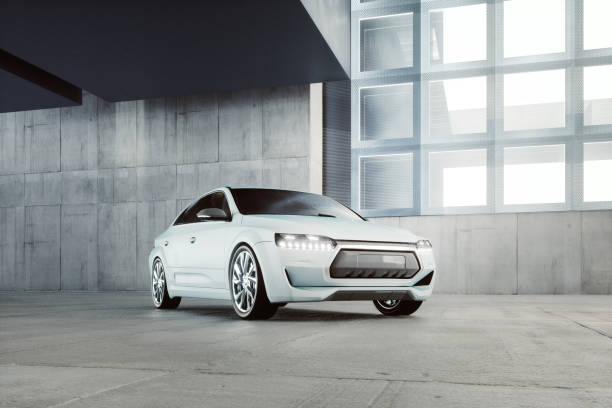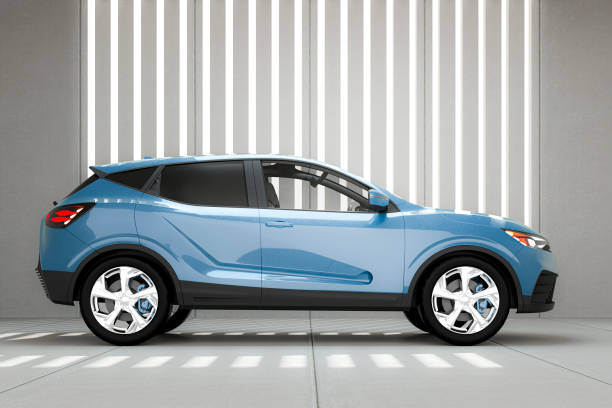Under the Hood: How Car Engines Work
When you turn the key or push the ignition button in your car, a complex series of processes begins under the hood, transforming fuel into motion. The car engine, often referred to as the “heart” of the vehicle, is a marvel of engineering. But how exactly does it work? Let’s break it down step by step.
The Basics: Internal Combustion Engine
Most cars use an internal combustion engine (ICE), which burns fuel (gasoline or diesel) inside cylinders to produce power. The engine’s primary function is to convert chemical energy from fuel into mechanical energy that moves the wheels.
Key Components of an Engine
-
Cylinder Block – The engine’s core, housing pistons and cylinders.
-
Pistons – Move up and down inside the cylinders, compressing fuel and air.
-
Crankshaft – Converts the pistons’ linear motion into rotational motion.
-
Camshaft – Controls the opening and closing of valves.
-
Valves – Allow air and fuel in (intake) and exhaust gases out (exhaust).
-
Spark Plugs (Gasoline Engines) – Ignite the fuel-air mixture.
-
Fuel Injectors – Spray fuel into the combustion chamber.
The Four-Stroke Cycle
Most car engines operate on a four-stroke cycle, also known as the Otto cycle. Here’s how it works:
1. Intake Stroke
-
The intake valve opens.
-
The piston moves down, drawing in a mixture of air and fuel.
2. Compression Stroke
-
Both valves close.
-
The piston moves up, compressing the fuel-air mixture.
3. Power Stroke
-
The spark plug ignites the compressed mixture (in diesel engines, compression alone ignites the fuel).
-
The explosion forces the piston down, generating power.
4. Exhaust Stroke
-
The exhaust valve opens.
-
The piston moves up, pushing out burnt gases.
This cycle repeats hundreds of times per minute, keeping your car moving.
Different Engine Types
While the four-stroke engine is the most common, there are variations:
-
Inline Engines – Cylinders arranged in a straight line (common in 4-cylinder cars).
-
V Engines – Cylinders in a V-shape (e.g., V6, V8 for more power).
-
Rotary Engines – Use rotors instead of pistons (Mazda’s RX models).
-
Electric Motors – Use electricity instead of combustion (increasingly popular in EVs).
Conclusion
Car engines are intricate machines that rely on precise timing, combustion, and mechanical movement to power your vehicle. Understanding how they work can help you appreciate the engineering behind every drive—and even assist in basic maintenance.
Next time you start your car, remember: beneath the hood, a controlled series of explosions is turning fuel into forward motion!





